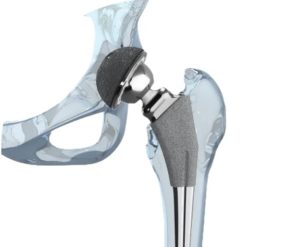Image: David Smith, Diamondduste/flickr
As many as 3.8 million American athletes suffer concussions each year. Often, however, it is difficult to assess whether an athlete has received a concussion and, if so, how severe it may be. And yet this information is crucial. A mistaken judgment that an athlete is ok can mean that a concussed player is returned to play – with dire, perhaps even fatal, consequences.
Fortunately, researchers from the Perelman School of Medicine at the University of Pennsylvania, have developed a quick visual test, easily administered on the playing field, that can help determine whether an athlete is suffering from concussion. Their efforts are detailed in a study published online in the Journal of the Neurological Sciences.
"This test has demonstrated its ability to provide objective evidence to aid medical professionals and trainers in determining which athletes need to come out of games after a blow to the head. We’ll continue to measure the test’s effectiveness in different groups — players who play the same position who have and have not suffered concussions, for instance. It is our hope that the new test, once validated, can be folded into the current sideline battery of tests for concussion, as no single test at this time can be used to diagnose or manage concussion." Laura Balcer, MD, MSCE, professor of Neurology and senior author on the paper
In the study, 219 collegiate athletes who sustained blows to the head were immediately given a 2 minute test designed to detect impaired eye movements and rapid eye movements called saccades, indicating diminished brain function. Athletes who suffered concussions had significantly worse time scores compared to baselines.
The researchers hope that this test, in conjunction with other assessment tools, will help identify serious injuries earlier.










Comments for this article are closed.